دبي

Glittering hub springing from the sands of the Arabian peninsula, hosting sun, sea, trade and tourists the world over

There are few places in the world where the vision and ambition of its leaders can be so comprehensively realised – with inclination, money and labour, the sky’s the limit in Dubai. The city has been built on a foundation of sun, sea and sand, and has mushroomed beyond all recognition over the last couple of decades. Not satisfied with already having the world’s tallest building, fanciest hotel and enormous artificial islands extending the coastline by hundreds of kilometres, Dubai has recently announced its post-recession comeback with a theme park as large as Manhattan.
Over nineteen years had elapsed between leaving Dubai as a schoolboy and returning within the world of work. I had of course kept up with major developments over the years but it wasn’t until returning that the true scale of what had happened became apparent. That said, I was pleased to find that Dubai with its huge tracts of flat desert tends not to build on top of the old, but around it. My old houses and school were all still there for nostalgic trips down memory lane.
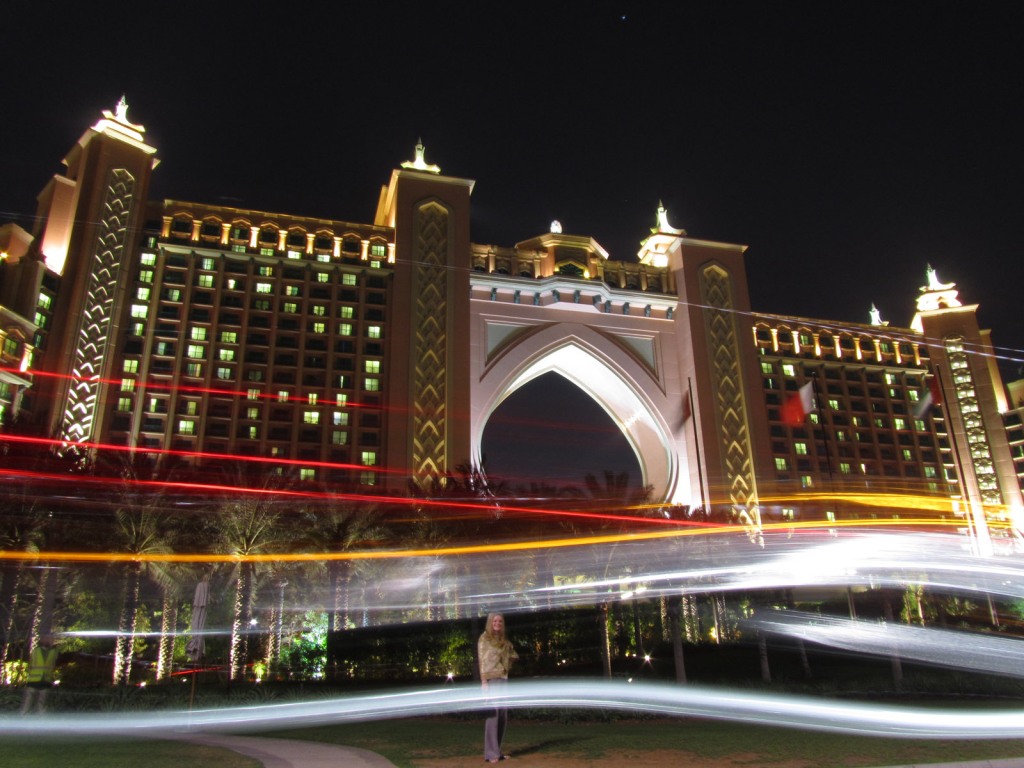
One of Dubai’s now iconic buildings is The Atlantis resort, instantly recognisable with its distinctive arch at the head of the Palm Jumeirah. The hotel hosts a sunken city aquarium and the extensive Aquaventure water park, similar to its sister resort in The Bahamas.
These days Dubai can be roughly divided into old Dubai and new Dubai, with the new being focused around the Dubai Marina clusters of high-rise hotels and apartments. The block at Al Sufouh was conceived to be the world’s tallest block of towers, which at the time of writing had one 101 storey building open for business, another at full height and two even taller ones beginning to rise.
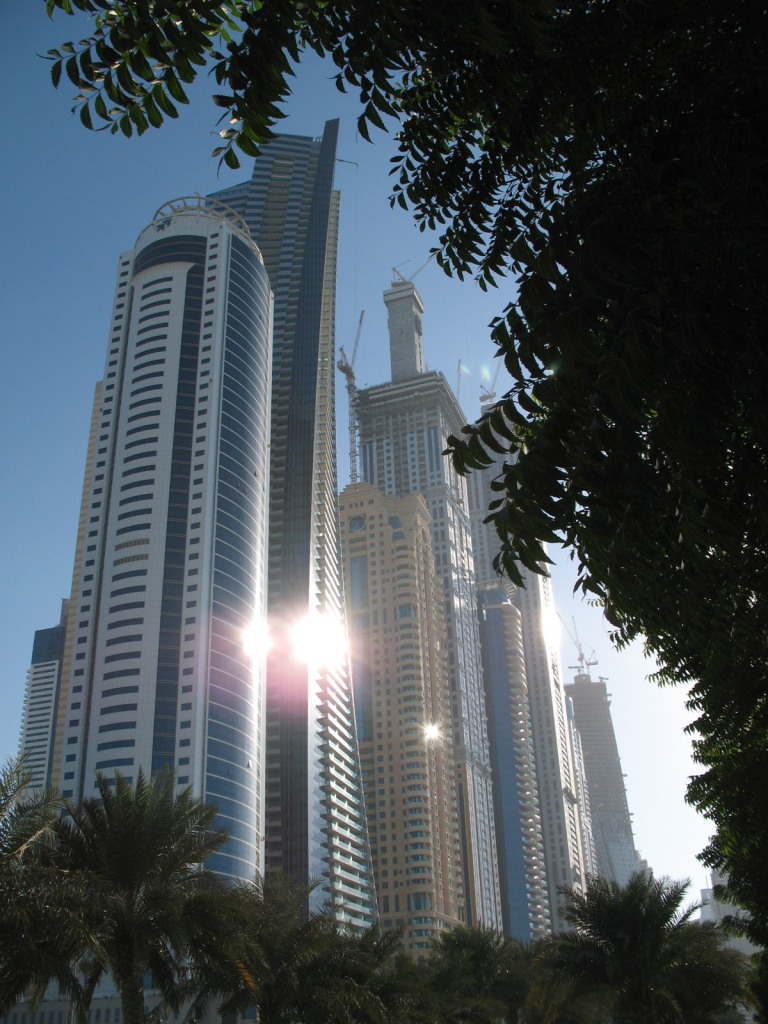
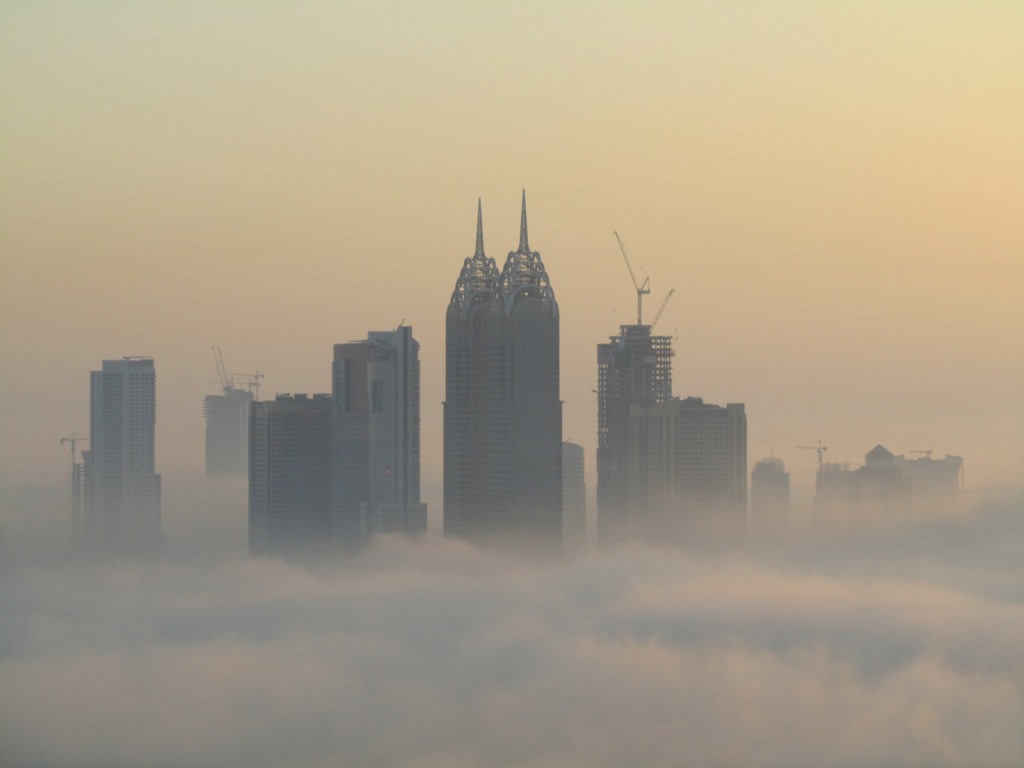
Although there is sun almost every day of the year, those who live on ground level see slightly less of it especially when the low mist comes in off of the Gulf. For those above, the impression is of towers floating on an ethereal sea of fog.
One of Dubai’s earlier efforts at diversifying away from petroleum was the opening of the Emirates Golf Club in 1988, and the hosting of the Dubai Desert Classic. The club house has been modelled on a cluster of Arabian tents.
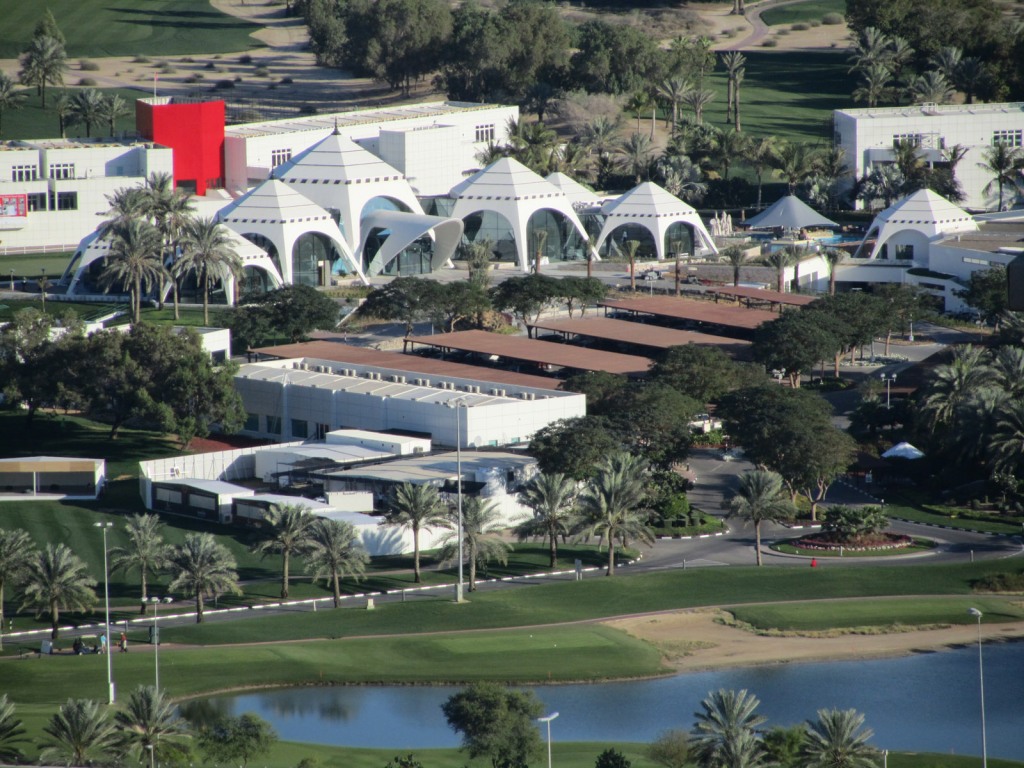

It’s difficult to photograph the Palm islands without the aid of an aeroplane, however in this shot the apartments on the trunk are visible in the foreground, hotels on the crescent in the middle, and the World islands in the distance. Palm Jumeirah, the smallest of the three planned palm islands, required earthworks of over 100 million tonnes to reclaim from the sea.
Burj Khalifa swiftly developed from being the centrepiece to the Downtown Dubai development into the world’s tallest building, to ultimately the world’s tallest man made structure of any sort – nothing else even comes close. Again proof of what can be achieved with the inclination, labour and money no object, the tower’s design isn’t a revolution but the new heights it has reached certainly is.


However my favourite building in Dubai is certainly the Burj al Arab, sitting on her offshore island and resplendent in her architectural glory. The brief was to produce an icon, an instantly recognisable masterpiece which would be as synonymous with Dubai as the Eiffel Tower is to Paris or the Opera House is to Sydney. Objective achieved.
Inside the hotel the 180 metre atrium rises up through all the colours of the spectrum above the dancing fountain. All rooms are two-storey suites, and start at over £800 per night, with private butler naturally…
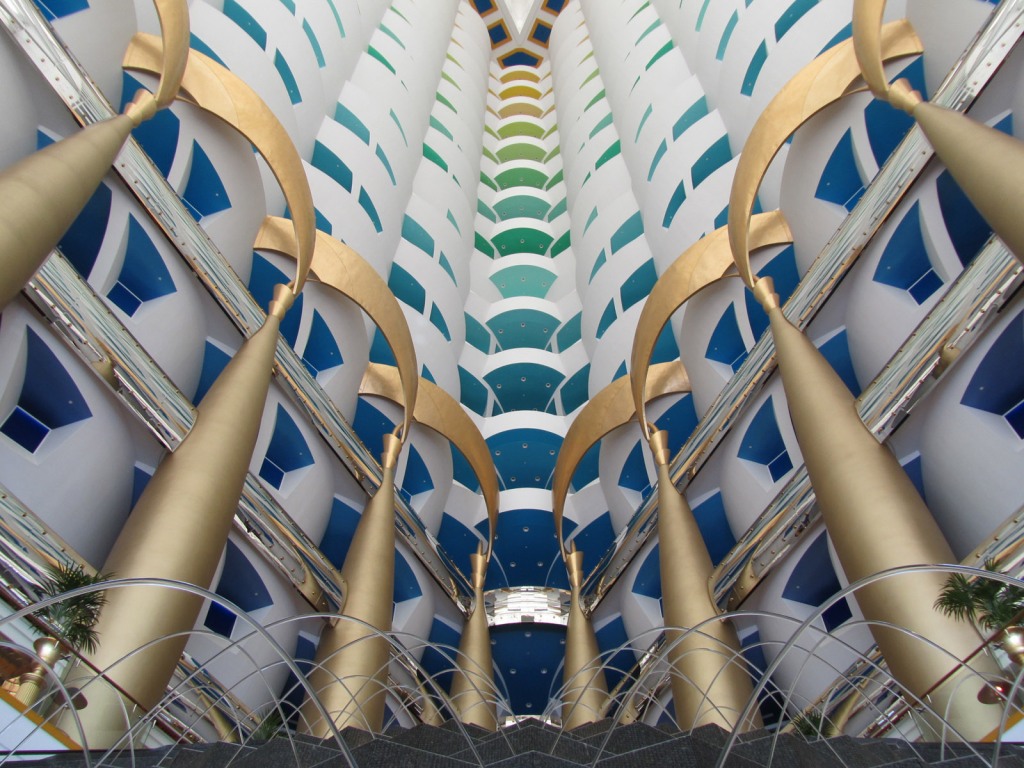
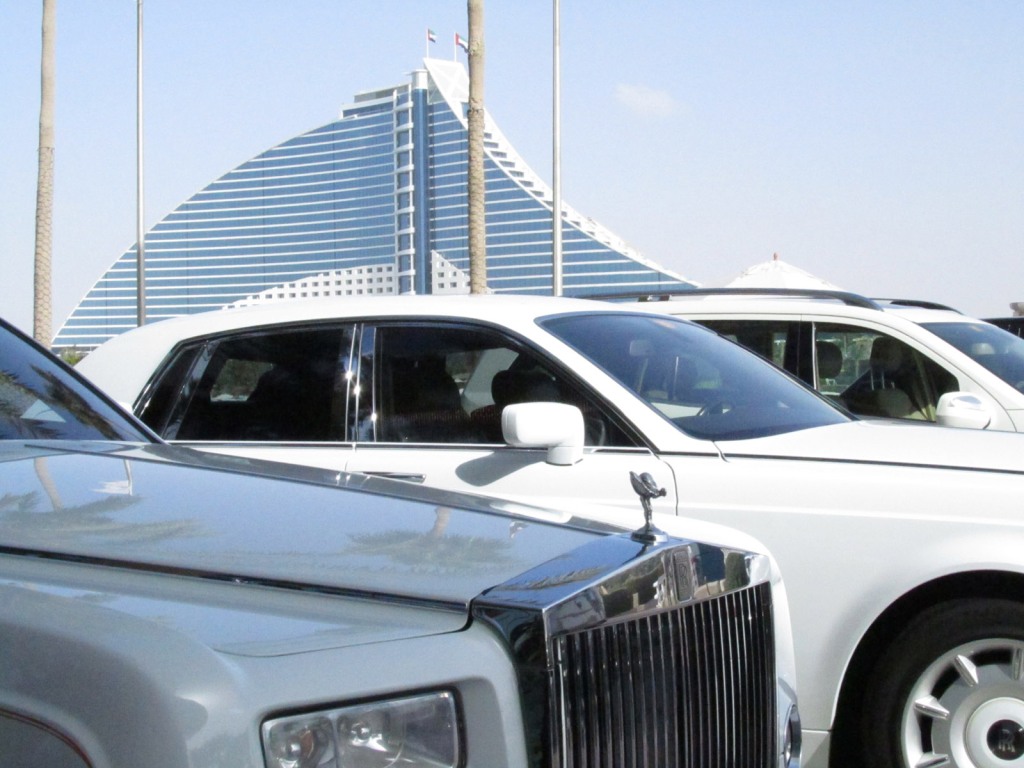
The Burj al Arab and the wave shaped Jumeirah Beach Hotel host their own fleets of Rolls Royce limousines – except of course the one in the foreground, which is mine.
Also developed by the Jumeirah Group is the Souk Madinat between Mina al-Salaam and Al Qasr hotels, an integrated luxury resort. The grounds are criss-crossed with canals between the hotel villas, each topped with a traditional Arabian wind tower.
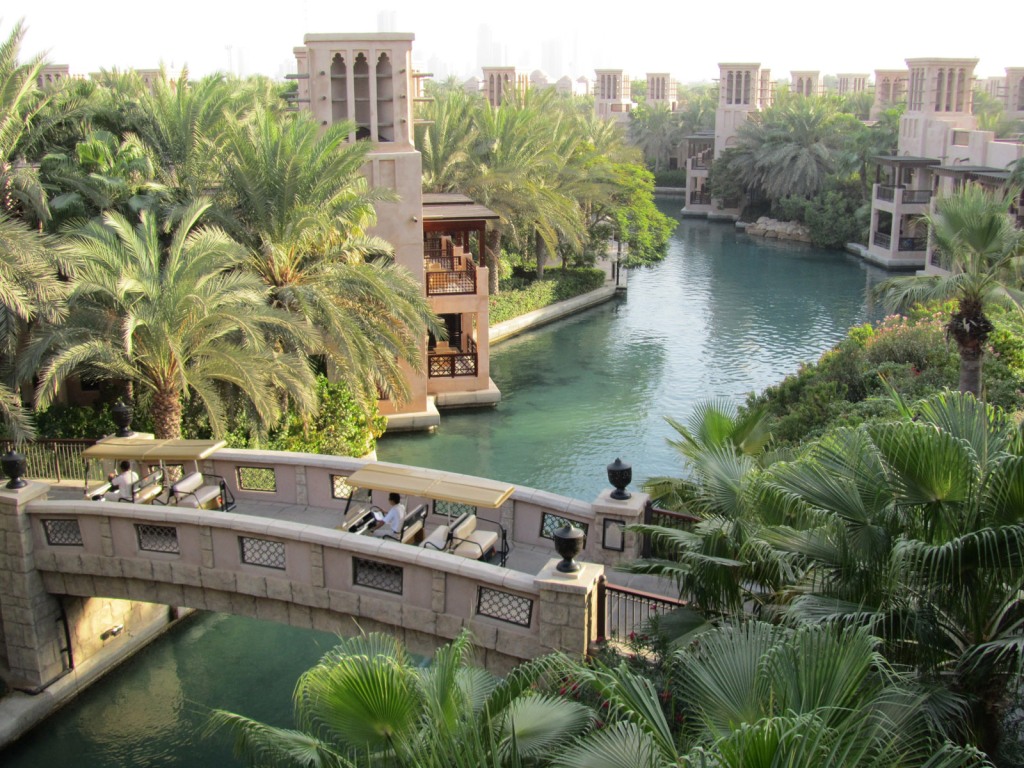
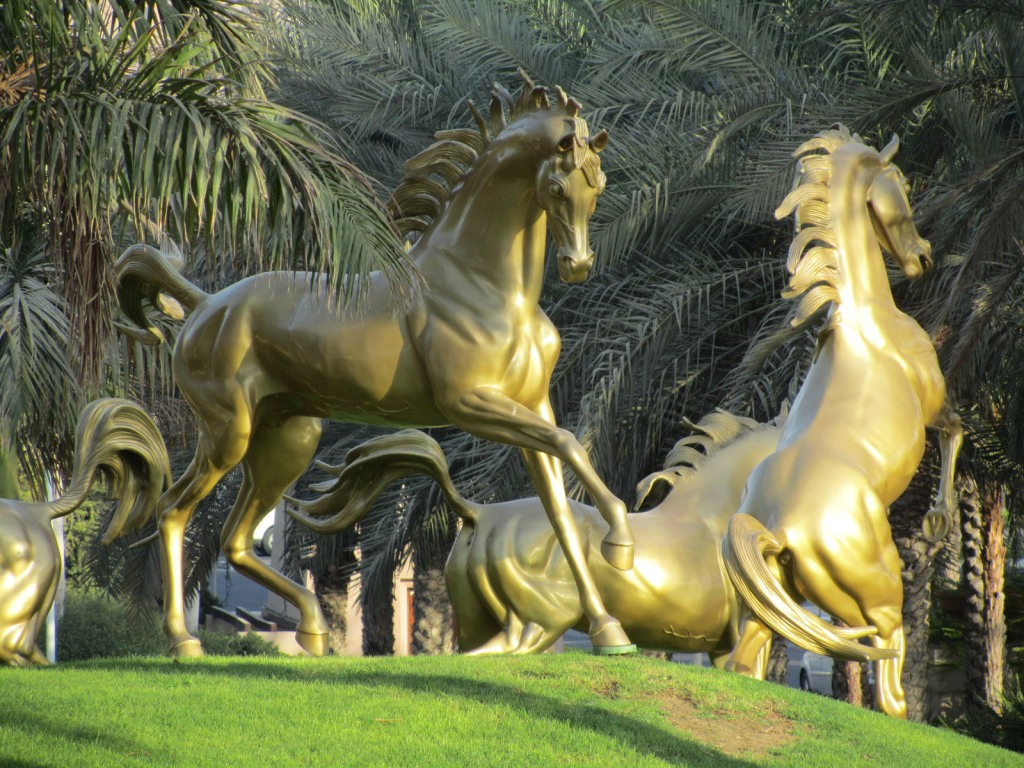
The driveway to Al Qasr features golden horses, a nod to Dubai’s equine aspirations. The city’s Meydan Racecourse hosts the Dubai World Cup, the world’s richest horse race. However regarding these golden stallions, I remember seeing something similar back in 1988…
Safa Park in the heart of old Dubai’s suburbia is still going strong after over 30 years in the game – now backed by the ultramodern skyline of Sheikh Zayed Road and the Burj Khalifa.
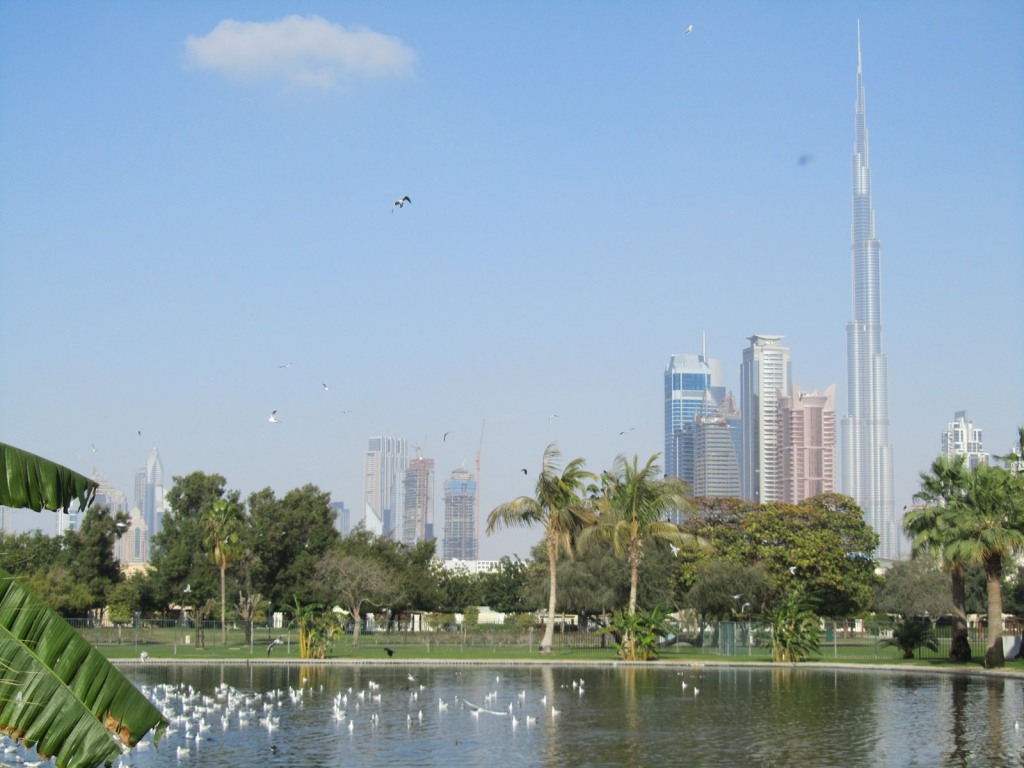
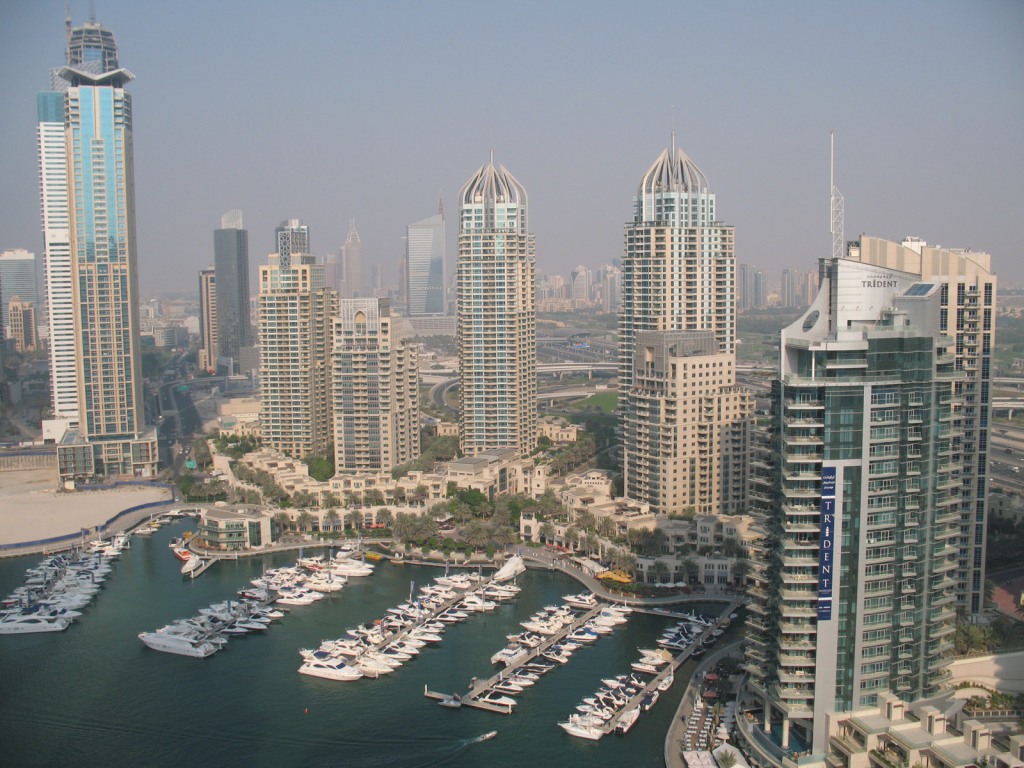
New Dubai centres around the Marina, with Emaar’s original six towers and Marina Walk on the shore of the man made channel cut into the desert.
Jumeirah Beach Residences or JBR for short is the world’s largest residential development to be built in one go, extending most of the length of the sea side of the Marina. Ultra high density indeed, popular with expats and sitting atop a parade of shops and restaurants.
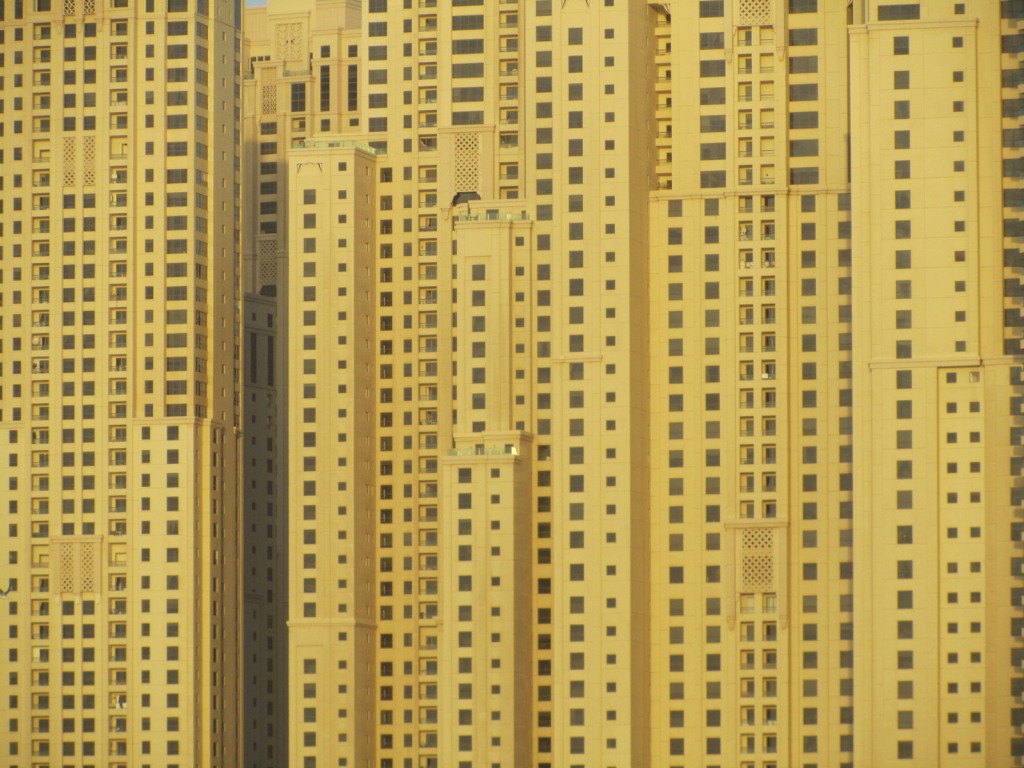
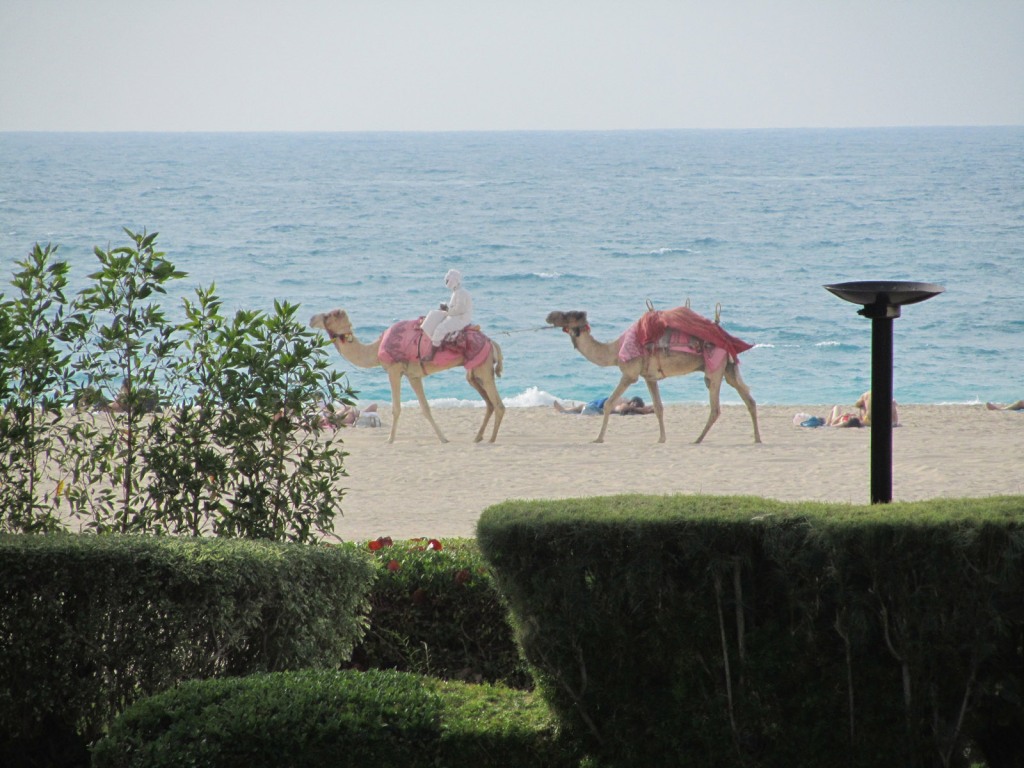
Back in the 80s I remember the camels coming to eat the plants in our garden, but these days the wild ones keep well out of town. These are high-end tourist camels on the beach at JBR, but great for the photo.
If you head out of town looking for camels you’ll probably find herds of 4x4s on your way, dune bashing being one of the more popular weekend activities. Towards Hatta in the Hajar mountains the sand turns a deeper shade of red, and in some designated areas is open for adventurous sorts to see just how stuck they can get. This is me having a go at Big Red, still upright at this stage…
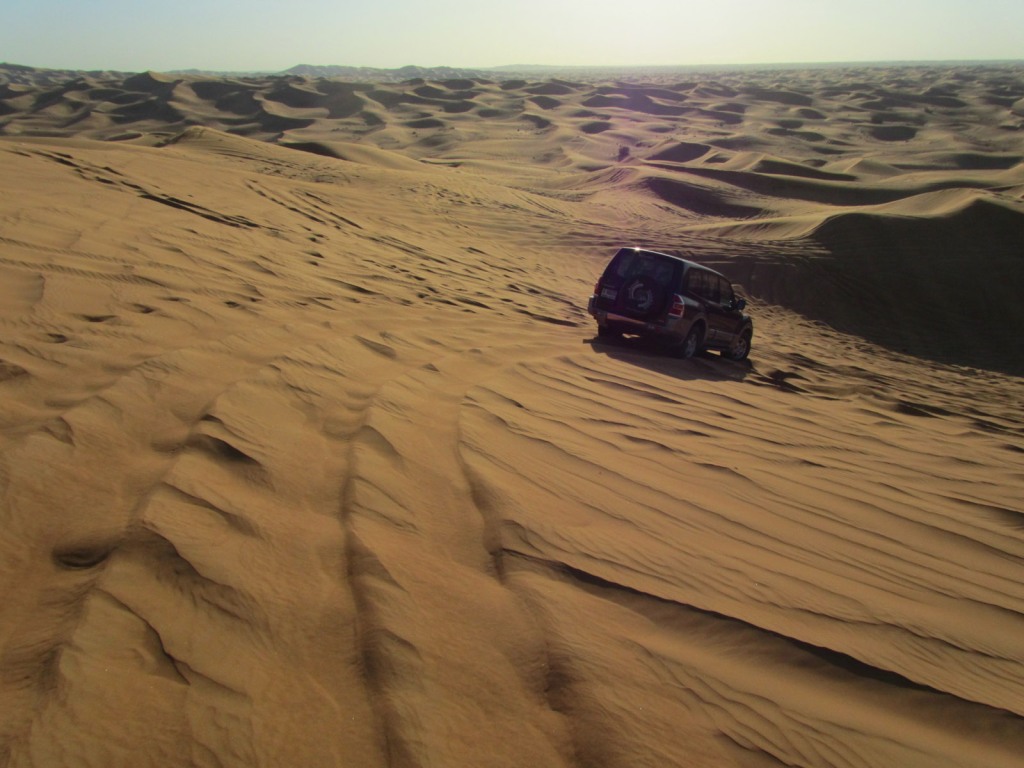
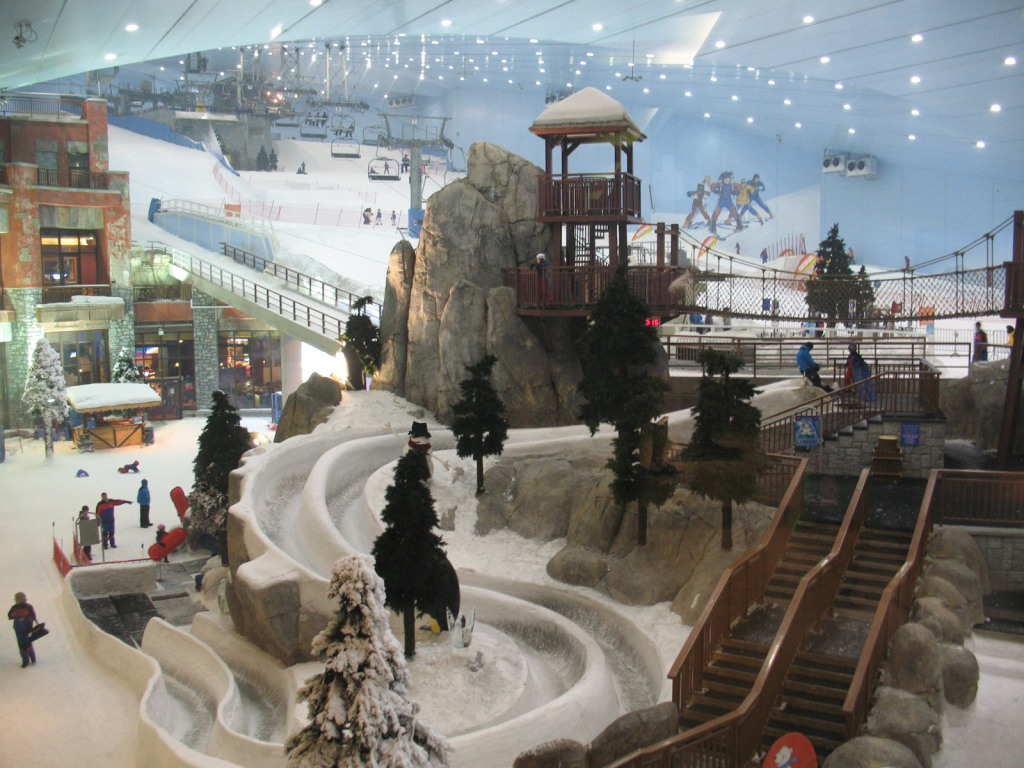
From one extreme to another – the Mall of the Emirates famously hosts Ski Dubai, up to 50 celsius cooler than outside it’s the perfect place to unwind after a hard day at the beach. Whilst the slope is big it still can’t compare to an Alp, however the centre is now stocked with penguins and you don’t get that at Val Thorens.
Another of Dubai’s most popular malls, The Dubai Mall features silver divers over an enormous indoor waterfall, very popular with photographers (myself included).
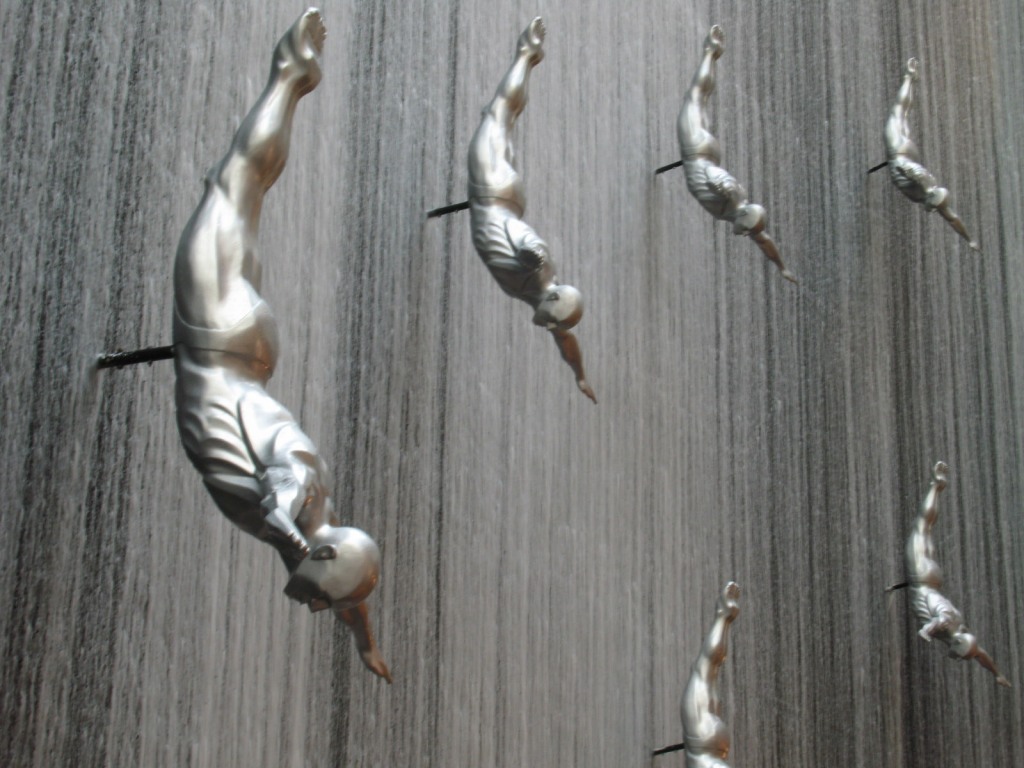
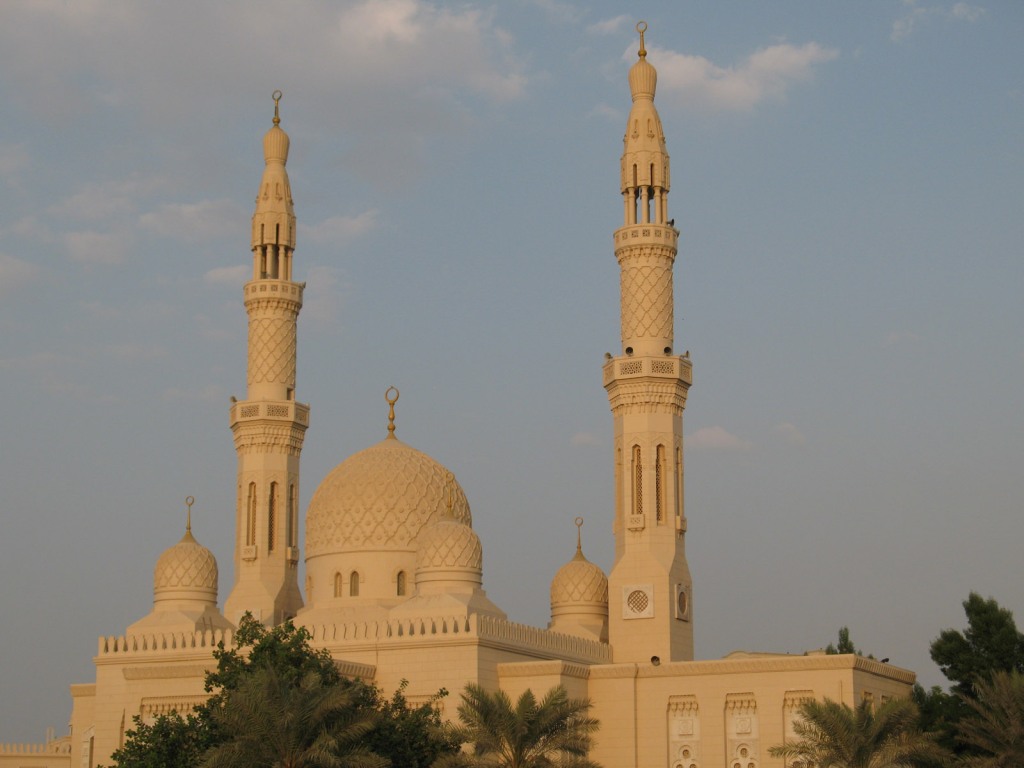
It is said that you’re never more than a few hundred yards from a mosque in Dubai, and I certainly believe it each time the call to prayer kicks off. This is the Jumeirah Mosque on the Beach Road, one of the city’s older mosques and one of few which can be visited as a tourist. The Sheikh Mohammed Centre for Cultural Understanding organises very informative tours multiple times each week.
Dubai was built around the Creek, an inlet of the sea which looks somewhat like a river but peters out just a few miles inland. It’s a hive of merchant activity and trade, with the waters criss-crossed by Abras ferrying pedestrians between Bur Dubai and Deira, and the dhows which ply the routes to Iran and India.
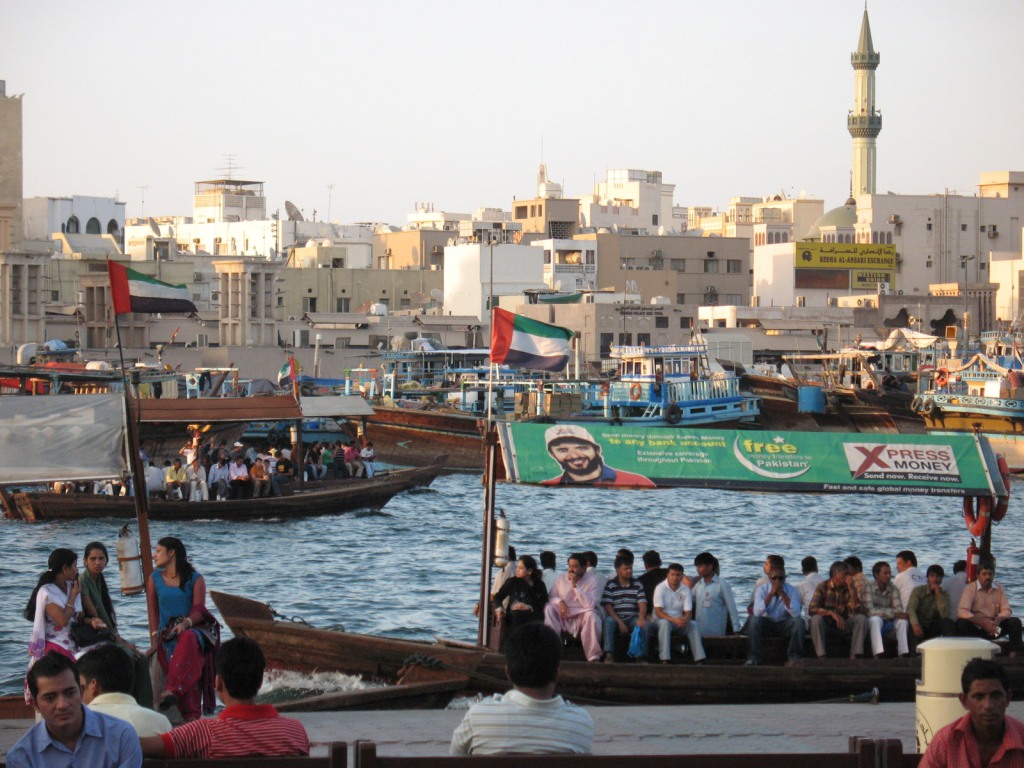
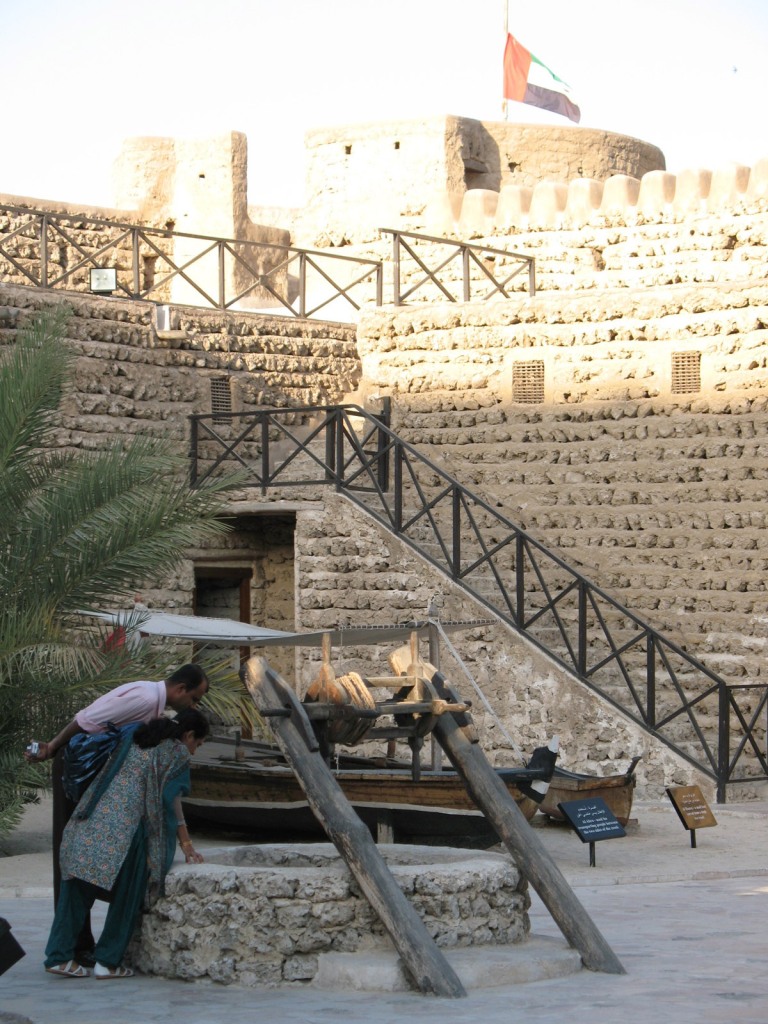
The oldest building in Dubai now forms part of the Dubai Museum. Al Fahidi fort was built and extended in the 18th and 19th centuries, from the most abundant material in the area, coral.
Dubai is well known for its tax free trade friendly rules, which have allowed it to become a world centre for gold trading. Nowhere is this more apparent than the Gold Souk in Deira, with impressive displays of that most prized commodity.
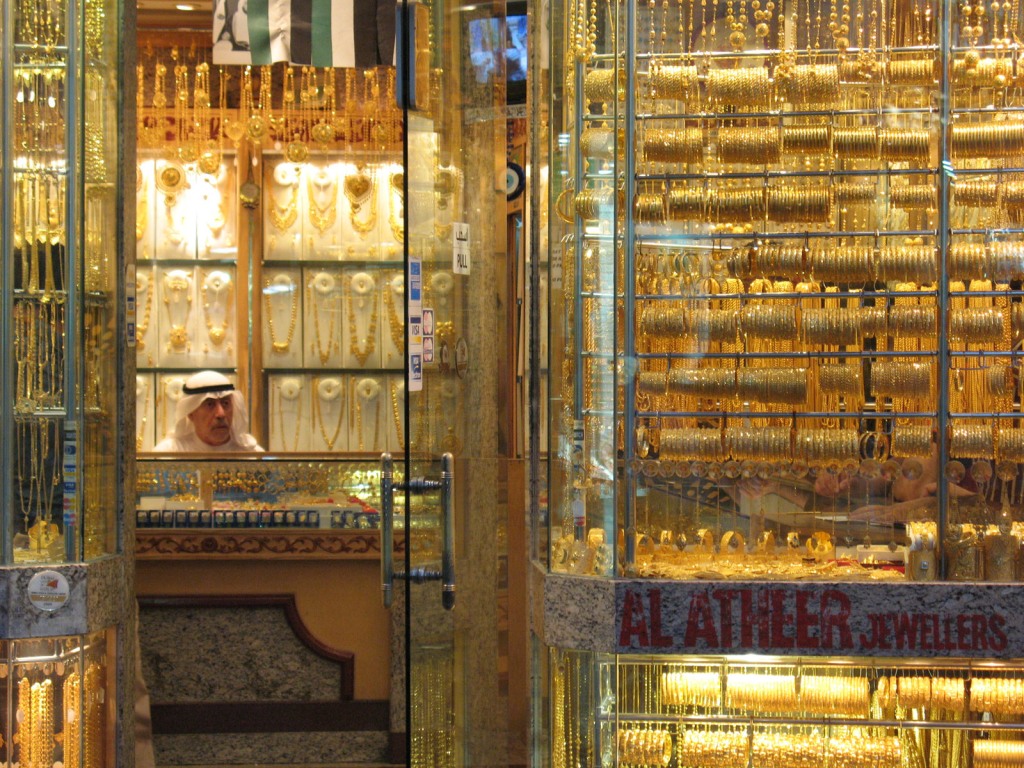
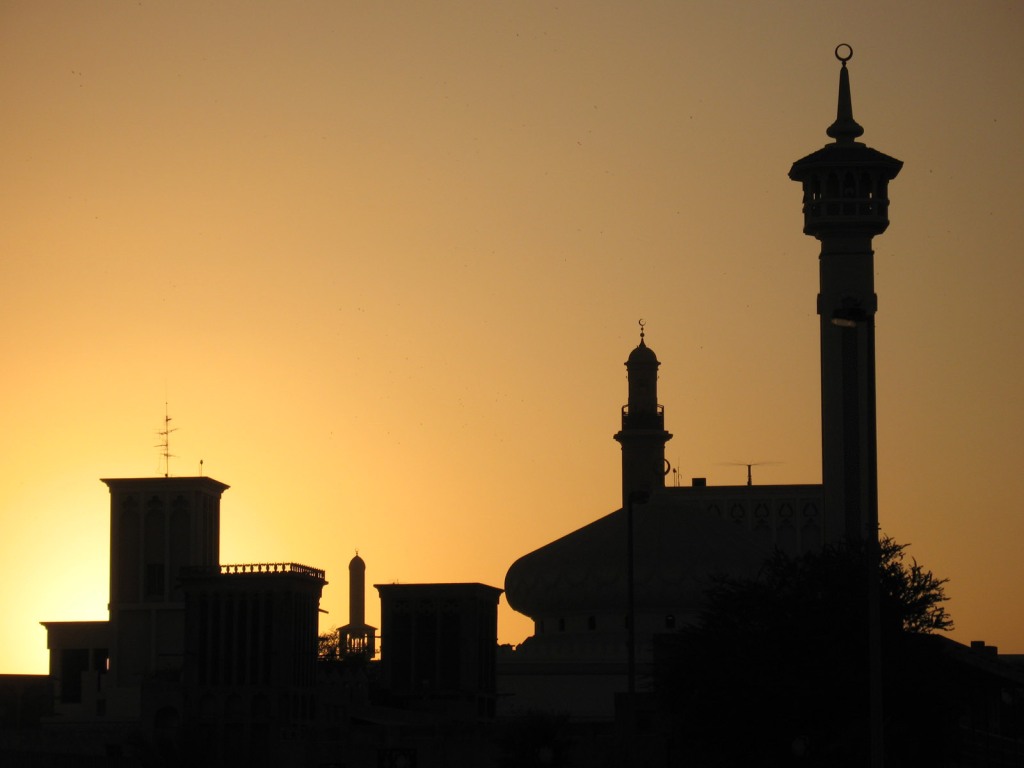
The small district of Bastakya in old Dubai has been preserved largely in its old-world state, albeit with some gentrification. Small coffee shops and art galleries make this area a refreshing break from the frenzied bustle of the rest of the city, and you can almost forget you’re in the centre of Gulf progress and ambition for a moment.
Al Sufouh and the tallest block towers at night, reflected in the waters of the pool at the One and Only Royal Mirage hotel.
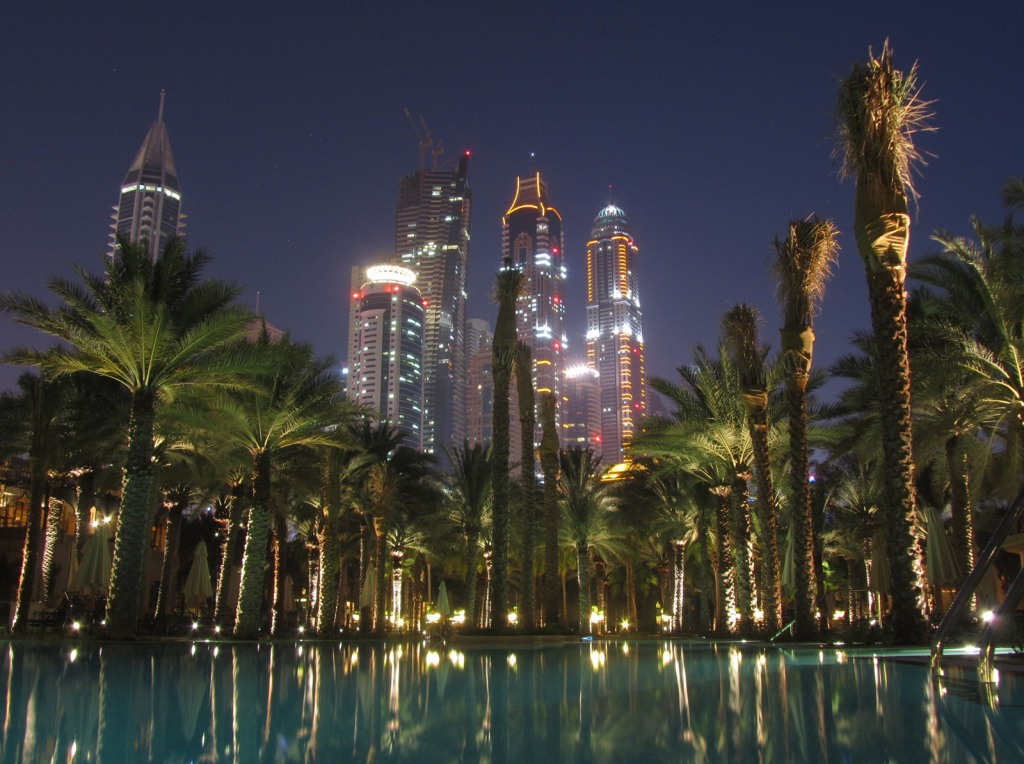
Created 2012
